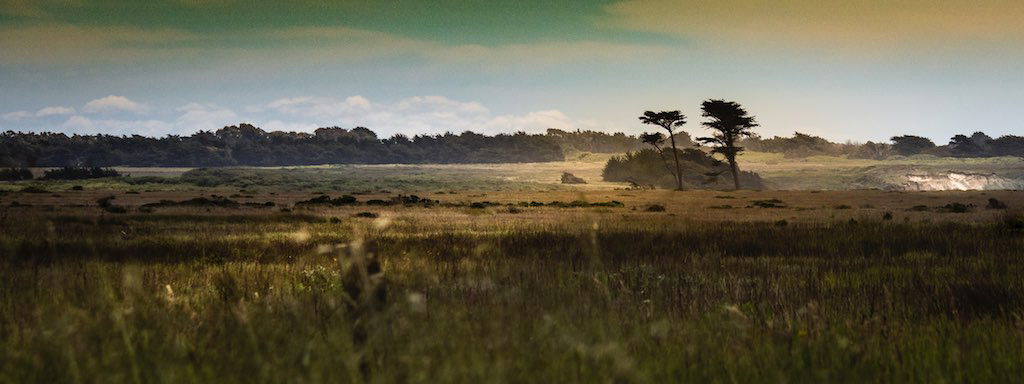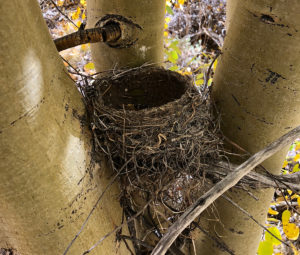I’m in the Bay Area for 48 hours for business. What’s the one nature place I need to visit?
Wow, what a question! Let me just preface my suggestions by saying the Bay Area is blessed with a plethora of unique and fascinating natural areas, running the gamut from the turbulent Pacific Ocean to peaceful coast redwood forests and dry, scrubby chaparral. With so much nature and so many passionate nature lovers here, everyone has their own valid and fiercely held opinion of what constitutes the Bay’s “must-see” nature spot, so what follows is simply my opinion. I’m also going to be looking at this from the perspective of someone who’s more interested in seeing flora and fauna than pretty views and majestic vistas (those are also great, of course).
Here are my criteria:
- It can’t be too famous. Muir Woods and Point Reyes, you are wonderful but I’m going to focus on spots with a bit less notoriety.
- It should contain some uniquely Californian wildlife and/or ecosystem — and yeah, those two things do kinda go together.
- It should be no more than about an hour and a half from downtown San Francisco under ideal (read: impossibly good) traffic conditions.
- Because nature is so seasonal here in the Bay Area, I’m going to choose one spot for each season.
Winter

Año Nuevo State Park. There are plenty of great spots to see the over 200 bird species that visit the region throughout fall and winter as they migrate along the Pacific Flyway, but I’m going with a place that’s known less for its birds (although you can definitely see them here) and more for its mammals. Winter is breeding season for enormous northern elephant seals, and this is one of the few places where you can see them at a close (yet safe!) distance on the guided docent walks which are offered in the winter. Not only will you observe the seals, you’ll walk through California coastal dune habitat and, if you’re lucky, possibly spot the exceedingly rare and colorful San Francisco garter snake, which lives only in the Bay Area. The park recommends you reserve your spot in advance online.
Spring
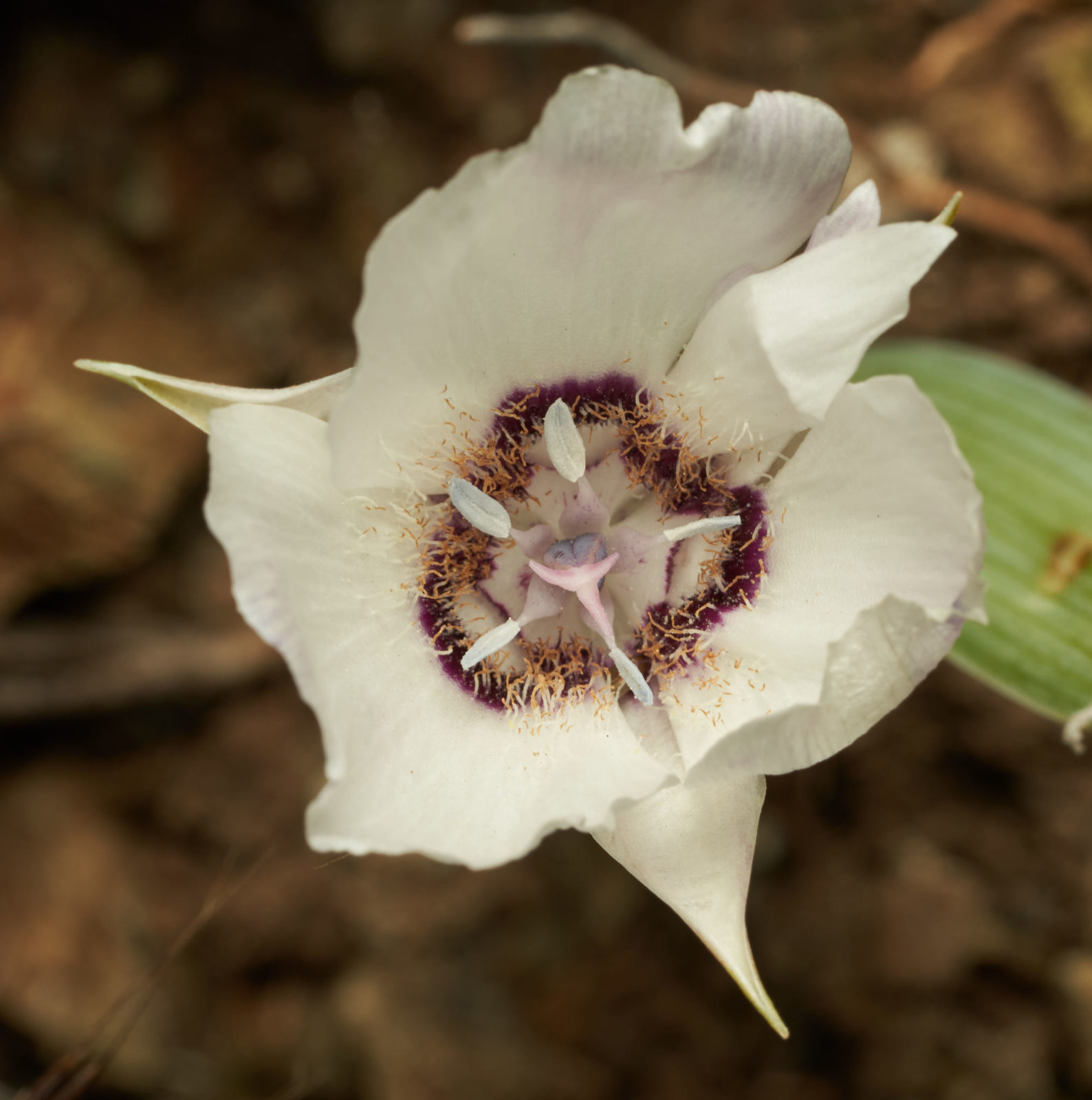
Azalea Hill. When you think spring you think wildflower blooms, and most parks will have a nice assortment of spring blossoms. But for something uniquely California, check out areas where our state rock, serpentine, occurs. Most plants can’t grow in the soil that comes from this nutrient-poor, slightly toxic substance, but some native California flora have adapted to it and they have a unique look. The Azalea Hill area in the Marin Municipal Water District is a great place to check out this habitat and take in the delicate beauty of these flowers.
Summer
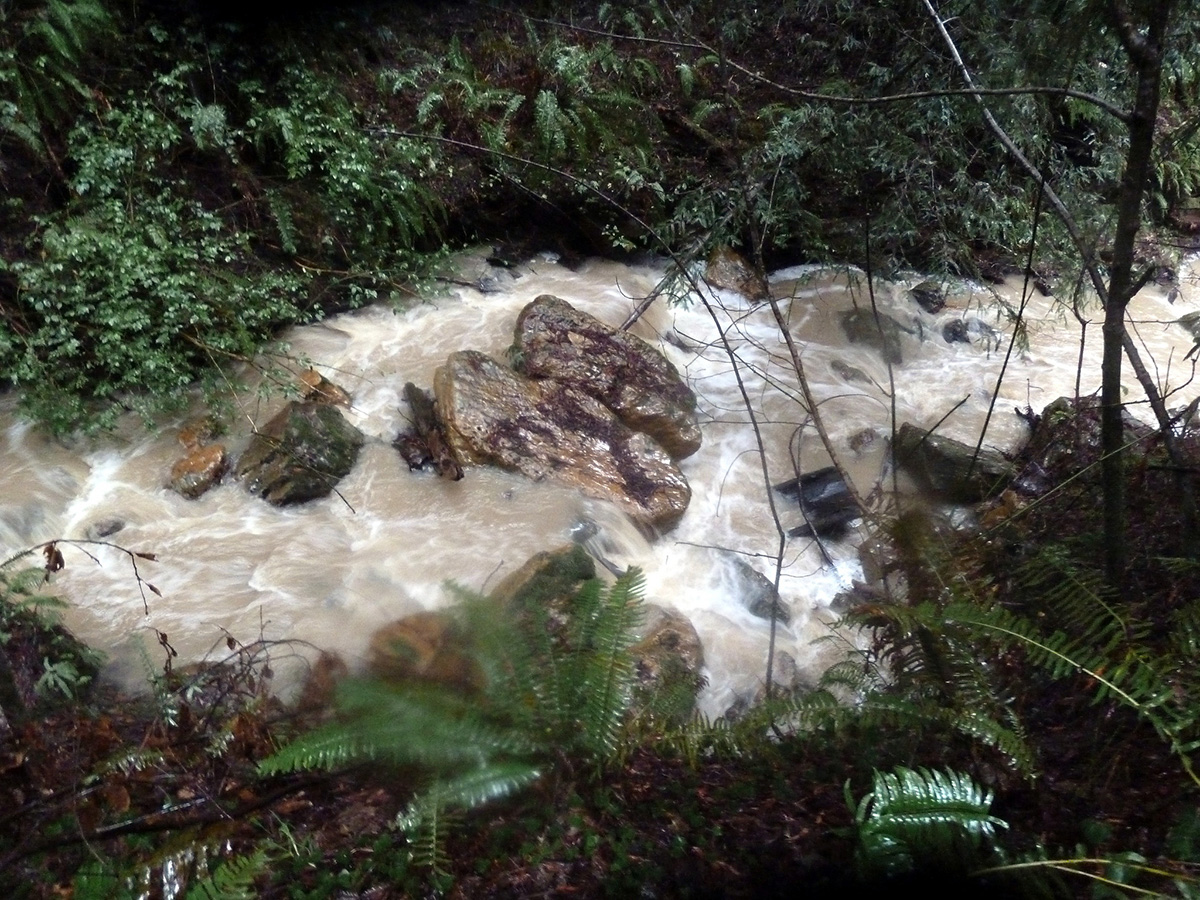
Purisima Creek Redwoods Open Space Preserve. Apocryphal Mark Twain quotes aside, summer actually can get pretty toasty here in the Bay, so I think it’s the perfect time to seek out the shade of a coast redwood forest. The tallest trees on earth, coast redwoods rely on fog drip for much of their hydration, and this combination of foggy weather and lots of shade makes for a memorably cool and peaceful stroll in nature. My mood certainly always gets a lift when I’m in a redwood forest, so this will be a good break from work. The forest at Purisima Creek is made up of mostly second growth trees which are about a century old — fairly young for a redwood, but still quite impressive.
Fall
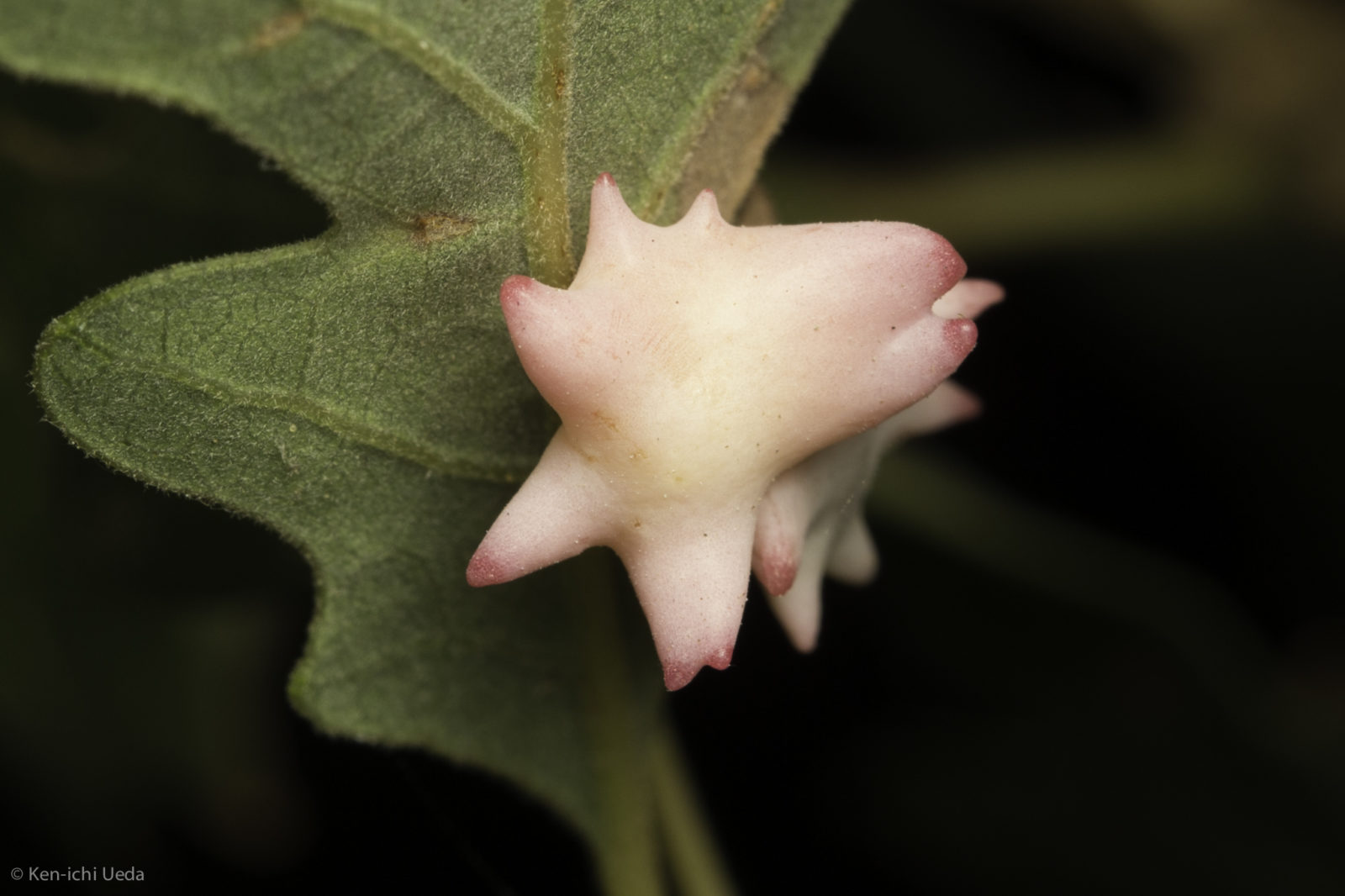
Mount Diablo State Park Come for the tarantulas (there are guided walks available), but get there early for the galls. Mount Diablo is known for its autumn tarantula migration, and most tarantulas are active at dusk, but I recommend arriving an hour or two before sunset and taking a gander at our native oaks, particularly blue and valley oak trees. Look closely and you’re likely to find strange, often colorful protuberances growing from the leaves and stems. These are galls, most of which are instigated by miniscule Cynipid wasps. Naturalist Trent Pearce has a more detailed explanation here but, long story short, these wasps cause the oak to form a sort growth called a gall around their eggs, and the gall serves as both shelter and and food for the larval wasp. Each species has its own distinctive gall shape, color, and texture, many of which are quite beautiful. Photographer Joyce Gross has a page which shows off the diversity of these structures.
I’m sure Bay Nature readers would love to make the case for their own choices. You really can’t go wrong here, so enjoy your time in the Bay Area, wherever you end up.
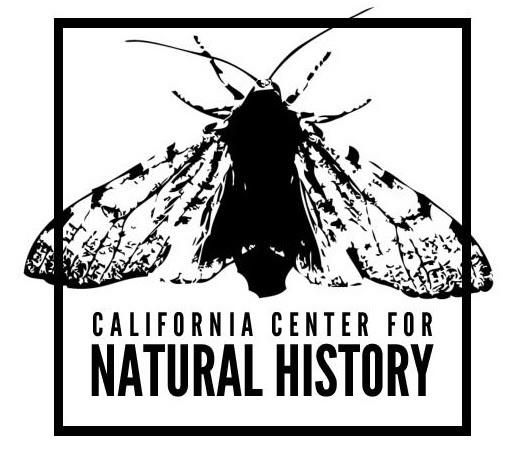
Ask the Naturalist is a reader-funded bimonthly column with the California Center for Natural History that answers your questions about the natural world of the San Francisco Bay Area. Have a question for the naturalist? Fill out our question form or email us at atn at baynature.org!

